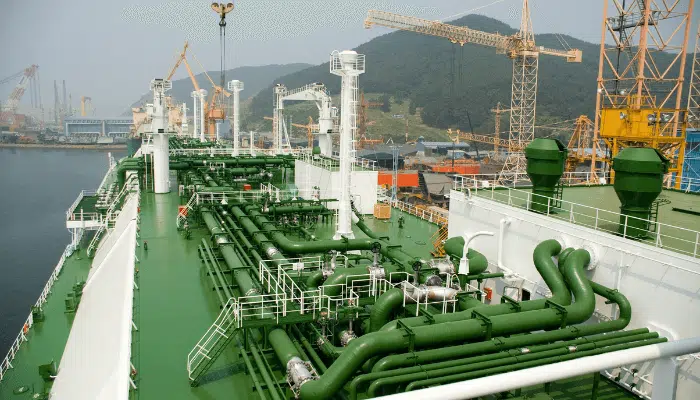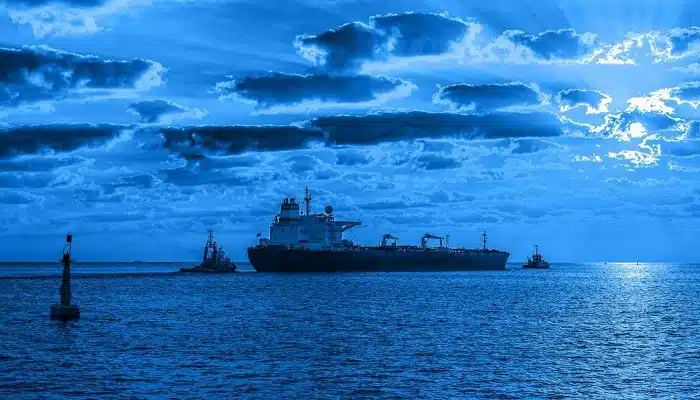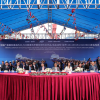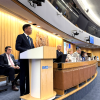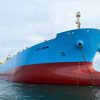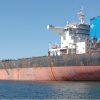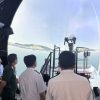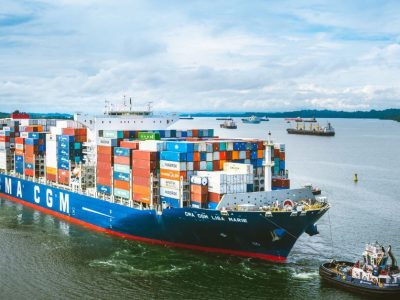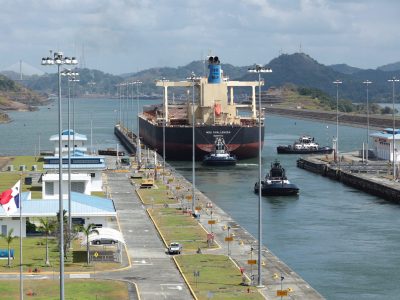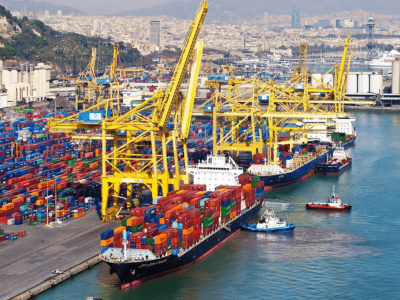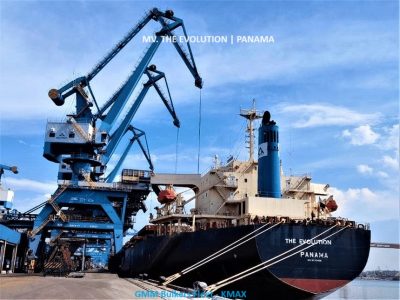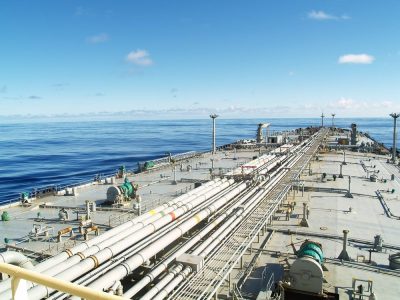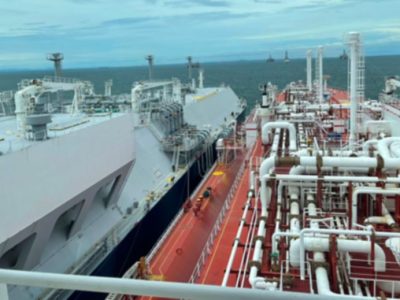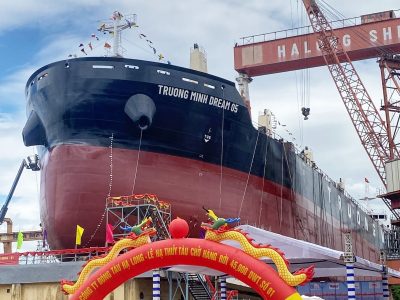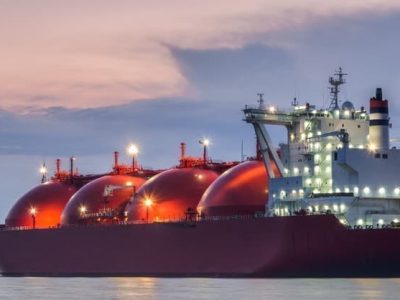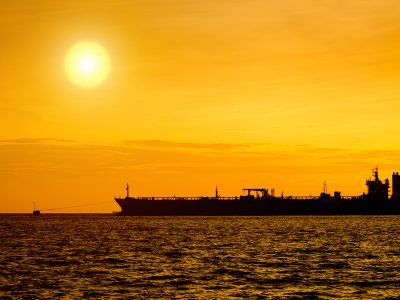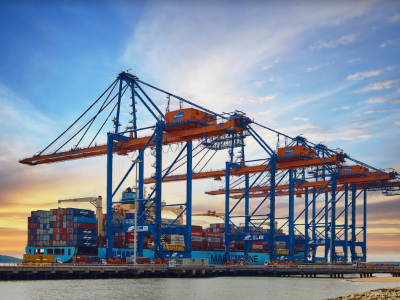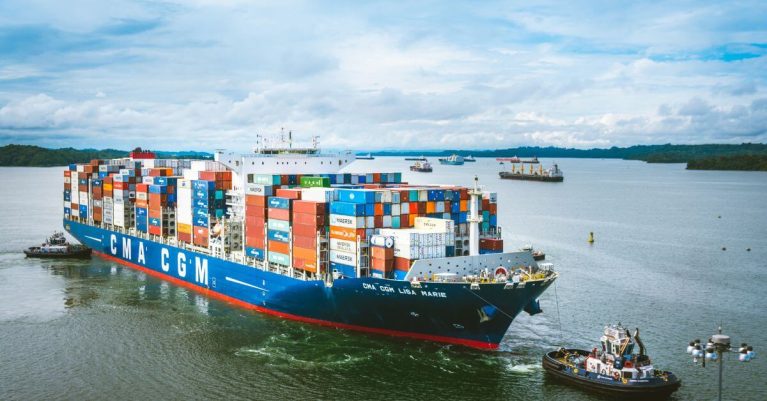By GMM Training | 2024-05-07 | Case Studies |
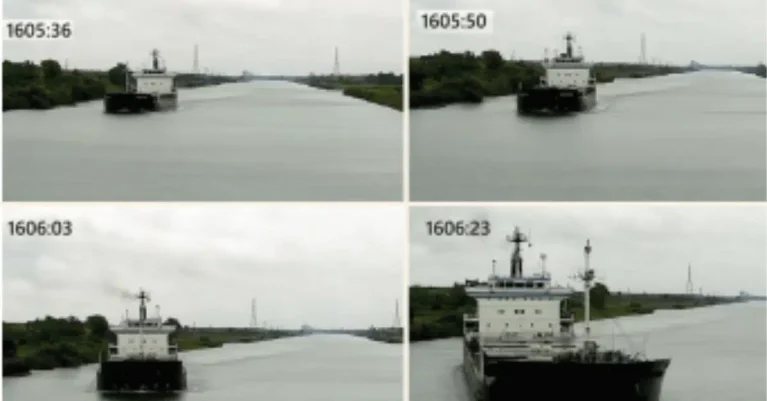
A general cargo vessel under pilotage was up-bound in a canal waterway under reduced speed in anticipation of meeting several down-bound vessels.
The first down-bound vessel to make the meeting had a bridge team that consisted of the Master (who had the con), a helmsman, and the OOW. A company piloting Master was also on the bridge, training the Master in the canal system. Approximately 40 minutes before the vessels were expected to meet, the pilot on the up-bound vessel and the Master of the down-bound vessel began to communicate using instant messaging to coordinate the meeting.
The pilot on the up-bound vessel sent a message to the Master of the down-bound vessel proposing that when the vessels were around 0.8nm from each other, he would alter course to starboard by four degrees. He indicated that keeping a vessel in the centre for as long as possible reduces bank suction. The Master of the vessel acknowledged the pilot’s plan and indicated that he would do the same.
On the down-bound vessel, the Master and the piloting Master were concerned about making the Estimated Time of Arrival (ETA), as given earlier to Vessel Traffic Services (VTS), for the next lock. The vessel’s speed was close to 10 knots, and the piloting Master told the Master to keep the speed up. As the vessels came closer, the down-bound vessel was now about 12m to starboard of the canal centreline. To maintain the ordered course, the helmsman now needed to apply up to 20 degrees of starboard helm. Then, when the vessels were 0.8nm apart, each ordered their respective helmsman to go an additional four degrees to starboard. The up-bound vessel was sailing at 2.9 knots and the down-bound vessel at 9.8 knots.
On the down-bound vessel, the helmsman was now applying 30 degrees of helm to starboard to try and attain the extra four degree order, yet the vessel’s heading was trending slowly to port. When the distance between the two vessels was 0.38nm, the Master of the down-bound vessel ordered the helmsman to steer two degrees to starboard instead of four, with the goal of bringing the vessel parallel to the centre of the channel. To comply, the helmsman reduced the starboard rudder angle from 30 degrees to 10 degrees. Within seconds the vessel started to sheer to port. Even with full starboard helm reapplied, they collided with the up-bound vessel within minutes.
Lessons learned
- The bridge team of the down-bound vessel possibly felt time pressure to make an announced ETA. This likely influenced their decision to maintain maximum canal speed.
- The down-bound vessel proceeded at the canal’s maximum permissible speed of 9.9 knots. At this speed, the hydrodynamic forces (bank effect) acting on the vessel were substantially increased as the vessel neared the starboard bank.
- During canal navigation where the waterway is very restricted, communication between the helmsman and the person with the con is critical. In this instance the extreme helm needed to achieve the four-degree starboard shift was an early and significant sign of bank suction that would have signalled a speed reduction was in order to reduce bank suction at the stern. Yet, it appears this information was not communicated to the Master with the con.
- Once the helm was reduced from 30 degrees to 10 degrees the lift force of the rudder was greatly reduced. With the stern under strong bank suction effect, the vessel immediately sheered to port and initiated the sequence of events that ended in a collision.
- It would appear that the down-bound vessel was conned too close to the bank too early prior to the encounter. Better practice, as was the initial plan, sees the two vessels each remaining close to the center of the channel during the approach and then, when about 0.8nm apart, they each jog their headings slightly to starboard.
This accident is very similar to one personally investigated some 19 years ago, which was summarised in MARS report 201409. The official 2005 TSB report can be perused here for our reference.

